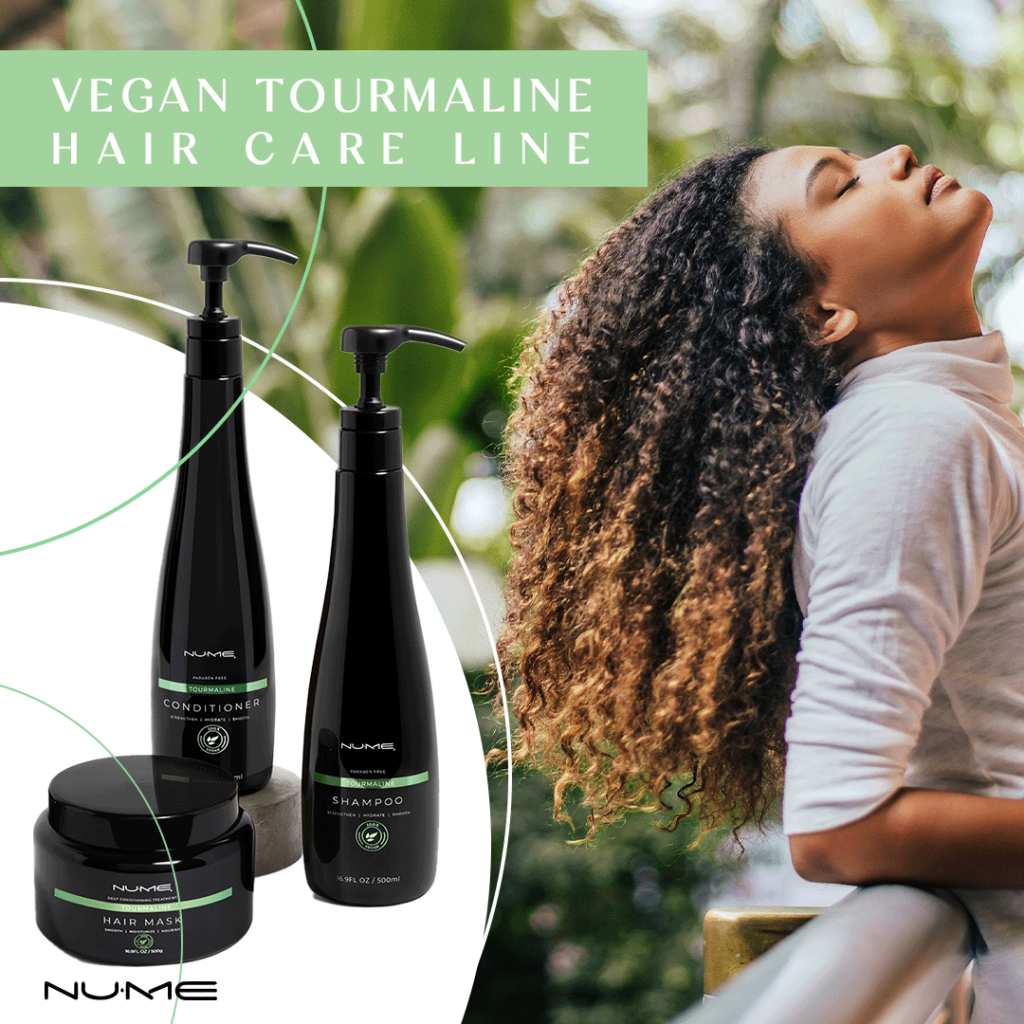Sensitive skin can result from allergies, climate, genetics, or several other factors. Yet, no matter what the cause, shaving with sensitive skin can be incredibly irritating. When you suffer from bumps, itching, and burning when you shave, it makes it challenging to get yourself that clean-shaven look you want. Shaving with sensitive skin is painful, whether it’s your face, legs, arms, chest, or any other part of your body you choose to shave.
While you can’t change your skin’s sensitivity, there are ways to make shaving a pain-free experience. A few simple adjustments in your shaving routine can help you get the clean look you want without the redness and irritation you don’t.
Dead skin and dirt can build up on your skin’s surface, making your shaving experience bumpy. A simple wash with a mild cleanser can quickly eliminate these barriers, giving you a smoother starting surface. Be sure to use a gentle cleanser free from fragrances and alcohol as these can irritate and dry out your skin. Instead, look for hydrating and soothing ingredients like vitamin E and black seed oil to make your shaving experience more pleasant.
Moisture is your friend when it comes to shaving. Hydrated skin softens the hair, making it easier to shave. Many people shave in the shower or apply a wet washcloth to the area they plan to shave to help soften the hair. Whichever you choose, give your skin a few minutes to drink in the hydration before shaving.
Shaving cream was invented for a reason: to hydrate and lubricate your skin for shaving. Get a non-irritating shaving cream to make your shaving smoother, preventing cuts and nicks. As with your cleanser, check your shaving cream’s ingredients to ensure it’s free from irritating chemicals.
If you use a cheap or dull razor, you’re almost guaranteed to get razor burn. Opt instead for something sharp with a good grip. Try a few different razors to see which response best to your skin, avoiding anything with scents or lotions that could increase irritation. Once you find the right fit, make sure you keep it clean or replace it often. Electric razors should be cleaned after five to seven shaves, while disposables should be replaced equally as often.
Rinsing out your razor not only increases hydration but it removes built-up hair that could make for a bumpy shaving experience. Make sure you rinse out your razor often while shaving to keep it free from this debris to give you a smoother shave.
You read that right – shaving “against the grain” is not recommended. Though some believe it brings a closer shave, it also causes more irritation and razor burn. The American Academy of Dermatology Association (AADA) recommends shaving in the direction of your hair growth with slight pressure at a slow pace. Be careful not to push too hard or move too fast, as this can also increase razor burn risk.
Again, moisture is vital to a good shave. There’s a reason it’s recommended to drink eight glasses of water daily: our bodies and skin need hydration! Shaving pushes out moisture, so you need to bring it back in after you shave. Use a mild, fragrance-free skin repair cream after shaving to soothe your skin and ease any irritation.
As with all things, there is a balance when it comes to shaving. The longer you wait between shaving, the longer your hair grows, causing it to curve and be more difficult to shave. However, if you shave daily, this can also irritate your skin. The AADA recommends shaving every two to three days to keep hair length short while avoiding irritation.
If these tactics don’t eliminate regular skin issues, there are other areas to consider. You may be allergic to something in your cleanser, shaving cream, soap, or even detergent. When it comes to your shaving products, be sure they have passed the Repeat Insult Patch Test (RIPT), an industry test used to determine the allergy safety of skin products. If you’re only using non-irritating, RIPT-tested products but still experiencing issues, consider seeing an allergist or dermatologist for a professional opinion.
Another possible issue could be a bacterial infection on your skin. To help prevent infection, look for aftershave products that contain aloe vera, an antibacterial and hydrating plant. However, if you’re already experiencing a persistent skin issue that you think may be caused by an infection, talk to a dermatologist.







